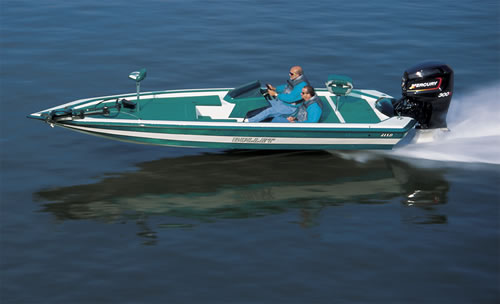Don’t Overlook the Water Pump
As is the case with any machinery, outboard motors require occasional basic maintenance to run properly. Rather than waiting for something to go irreparably wrong, take a proactive approach to motor maintenance by making simple engine observations. Get to know the sound of your well-oiled outboard motor, and learn to recognize any deviations from that norm.
A functioning water pump is particularly important, as it draws water out of the engine and acts as a cooling agent. Without a water pump most 2-cycle engines would overheat in no time. To replace an ailing water pump, begin by removing the bolts from the bottom portion of the motor. Use an engine vice to securely mount the lower engine housing, making sure that any electrical wiring between the housings is disconnected.
Remove the water pump housing, and then replace the impeller. Beneath the impeller you’ll find three gasket seals; remove them. Use some of your supply of bulk outboard motor oil to lube the gaskets before slipping them back into place. Put the housing back into place, and then reconnect the wiring. You’ve just increased the lifespan of your outboard motor.





